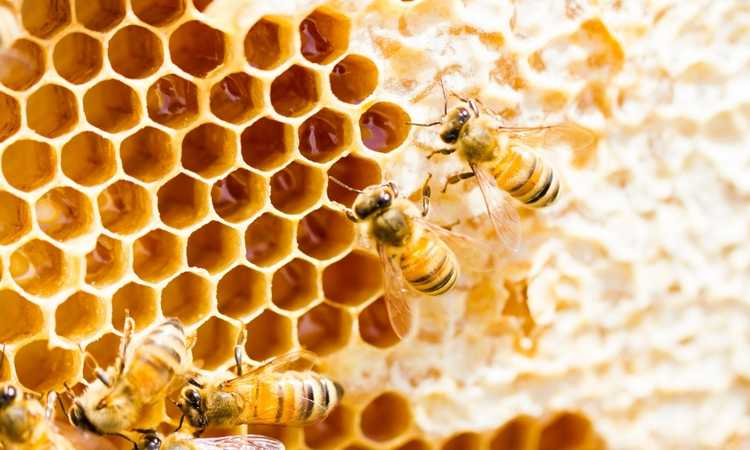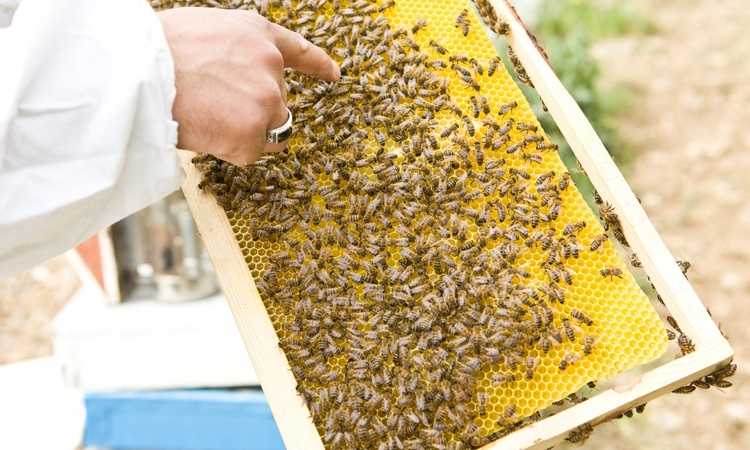If you’ve ever been interested in keeping bees, but didn’t know where to start, this beginner’s guide to beekeeping is for you. Keeping bees is a rewarding experience that can be enjoyed by people of all ages. Plus, honeybees are vital to our ecosystem and the pollination of many crops. Here are a few things you need to know to get started as a beekeeper.
Keeping bees can be a rewarding experience for both you and your bees. But there are a few important things to consider before you get started. You’ll need to learn how to locate the hives, order honey bees, and decant honey for beekeeping.
Ordering honey bees
Whether you are a seasoned beekeeper or a beginner, ordering honey bees for your hive can be a great way to increase your hive’s population. However, there are some things you should know before you purchase your bees.
The first step in ordering honey bees for your hive is to choose a reputable bee supplier. You can find one locally or on the Internet. Some beekeepers offer nucleus colonies and mated queens for sale. They can also help you find a local beekeeping association to join.
One of the most popular methods for purchasing bees is to order a package. These come in screened boxes, and they include a caged queen, workers, and drones.
The best time to order a package is during the winter. This will allow you to have your bees arrive in the spring. The most popular size is three pounds.
A package also includes a feeding can with simple syrup and a feeder. This helps the bees build a wax comb. The queen bee is easily recognizable in the hive.
Getting a package of bees is a great way to get started, and it’s also less expensive than buying nucleus colonies. However, you should be careful about ordering too many hives. If you order too many, you risk losing a hive over winter.
Another way to get bees is to catch a swarm. This is not recommended for beginners. There are risks involved with catching a swarm, including injury and lack of information about the health of the queen.
If you are a beginner, the best way to order honey bees for your hive is to order online. This is especially helpful if you are interested in replacing a colony. It makes it easier to find bees, and makes it easier to buy a replacement queen.
It’s also important to be careful about how you ship your bees. Shipping can be stressful for the bees, and not all mail carriers can move live bees. If you’re ordering a package, make sure your supplier uses a carrier that can move live bees.
Read this: Costly Beekeeping Mistakes and How To Avoid Them

Locating hives
Choosing a location for your beehives is a crucial decision for a beekeeper. You should consider your own needs as well as those of the bees when making this choice. You may be able to keep your hives inside your home or you may be able to find a suitable location outside your home.
The most important thing to remember about locating your beehives is that you need to give them adequate space. You can space hives as close as 10 feet (3 meters) apart on small properties and up to 200 feet (61 meters) on larger properties.
You can give your bees plenty of room by placing the hives on a high stand. This will keep them safe from insects and weeds. A stand also prevents rot of the base timbers.
You should also give your bees an adequate water source. For the best results, you should have a shallow water source where the bees can land on twigs or stones.
You should also give your bees a little shade. This is especially important during the hottest part of the day. The amount of shade that your hives get depends on the location of your bees.

Know the local beekeeping laws
There are a few other things to consider when choosing a location for your beehives. You should also be aware of any local laws regarding beekeeping. You should also check with your local beekeeping association. You may find that there are regulations about the placement of your hives.
You should also consider the size of the area that you have available. You should make sure that you have enough space to work on the bees, move equipment and allow room for a heavy honey crop. You may need to keep the hives away from areas of heavy traffic. You should also keep the hives out of areas where there is a risk of flooding.
Keeping the neighbors happy
Finally, you should consider your neighbors. You want to be sure that you do not have any issues with them when placing your hives. You should also be sure that your bees will not fly towards their backyard.
Decanting honey for beekeeping
Whether you are decanting honey for beekeeping or selling it, storing it in jars is very important. This helps prevent contamination. Keeping your jars clean and dry will also ensure the safety of your honey.
If you are planning on decanting honey for beekeeping, you will need to be aware of the best practices to follow. For instance, you should always sanitize your hive equipment after each extraction. This is to prevent contamination from outside sources. If you are new to decanting honey for beekeeping, you will want to practice with an experienced beekeeper before you begin your own operations.
There are a number of beekeeping reference books available for purchase. You can also find information online. A good source is the National Honey Board. You may also want to attend seminars or other educational events to expand your knowledge. You can also consult local beekeeping associations for additional information.

Where to set up your beekeeping space
You will want to choose a location that has an abundant source of pollen. You should also avoid fields that are frequently sprayed.
You can start with a small number of hives and process your honey only a few times a year. As your skills develop and your market demands increase, you can expand your operation. The first year, you can expect to produce about 50 pounds of honey.
Whether you are decanting honey for beekeeping or selling it, it is important to keep records. These records will help you identify batches of honey and provide proof of due diligence.
For instance, you can label your jars with the name of the honey, the year of filling, the best before date and the address of the honey producer. You may also want to include the lot code of the honey.
The Demeter International Bee Standards outline the standards for honey processing. They also provide a list of container requirements. You should also consider what kind of equipment you need to produce the honey. Some of the equipment used in beekeeping includes a radial extractor, a manual extractor and a motorized extractor.
If you have a small number of hives, you can keep simple records and fill your jars with honey in a hygienic way.
Avoiding swarms
Several beekeeping methods exist to help prevent swarms.
Split the hive
The first and most common technique is to split the hive. Splitting a colony is a method that allows beekeepers to take some of the brood and the old queen without disturbing the remaining bees. This method of swarm prevention is particularly useful for young colonies because it provides more room for expansion.
Clip the queen’s wing
Another method of swarm prevention is to clip the queen’s wing. This technique is especially useful when used in conjunction with other swarm control techniques. When the queen is clipped, the swarm cannot leave the colony with her. This also acts as a safety net, since the queen cannot fly away with the swarm.
Scout for potential nest sites
Another swarm prevention technique is to scout for potential nest sites. When scout bees return to the colony, they report suitable sites for nesting. When they find a suitable nest site, the workers will begin to make preparations for the new location. These workers use the waggle dance and other methods to promote the new location.
Provide more room for bees
Yet another method of swarm prevention is to provide more room for the bees. This can be done by adding another box to the hive. The hive’s space will allow more bees to produce more honey. It also provides additional entrances and extra ventilation.
Add honey supers
Another technique is to add honey supers. This can be done in the spring when the colony is still growing. Honey supers allow the bees to collect more pollen and nectar, which is vital to colony growth. If there is a short supply of pollen and nectar, the colony will shrink. This can cause the bees to swarm.
Check for swarm preparation
Finally, beekeepers should check the hive frequently for signs of swarm preparation. This includes multiple queen cells and a slimmer queen. If these signs are present, then the colony is preparing to swarm. These signs can be difficult to identify, especially for new beekeepers.
Bees swarm because they have an innate need to reproduce. The primary drivers of swarming are overcrowding, space problems, and a poor performing queen. A poor performing queen can lead to an increased urge to swarm.
In conclusion, beekeeping is a fun and rewarding hobby that anyone can enjoy. With a little bit of knowledge and effort, you can be a successful beekeeper. Beekeeping can provide you with honey, beeswax, and other products that can be used for your own enjoyment or for sale. If you are interested in beekeeping, there are many resources available to help you get started.

Hi – I’m Erika, the head writer and expert beekeeper here at Just Beekeeping! I am a backyard beekeeper and proud member of the American Beekeeping Federation (ABF) and the Central Indiana Beekeepers Association. In addition, I am an educator with advanced degrees from UC-Berkeley and the University of Southern California (USC). I use my expertise to help others learn about beekeeping, and I am an advocate for all subjects bee related!